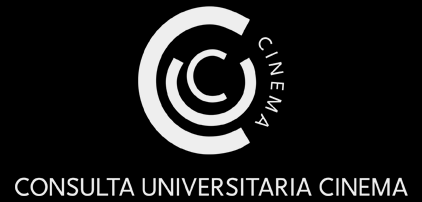The debate around moving images, the devices, and the infrastructures ensuring their circulation has been the subject of many studies in the area of film and media. Closely linked with a range of neighbouring disciplines such as aesthetics and media pragmatics, cultural and visual studies, this debate explores a number of phenomena that unfold in art and entertainment spaces, and which impact on everyday life, for example by influencing the design and use of diverse domestic technologies.
In this scenario, interfaces – be they screens or else – take on a major role in the contemporary “iconosphere”. They represent a liminal zone whereby the relationship between body and technology transits. Interfaces can then be seen as the area of connection between physical world and media space, becoming itself a place of encounter.
The fabric of the experience activated by interfaces seamlessly blends media contents and practices, they circulate them not only in light of a delivery, but also of an interaction, alongside a process of framing, adaptation, reformatting and re-mediation. Based on these processes, the contemporary scenario can be interpreted and analysed, not only in a postcinema and postmedia perspective, but also in the light of the postdigital and of the “discorrelated images” this favours.
For this issue of “Imago. Studi di cinema e media”, we wish to collect contributions that intercept these phenomena and study the mediation elicited by interfaces. We seek texts that explore the ways in which such action unfolds and configures itself in terms of both performance and gestures. Such configurations can be found in a vast range of practices that characterise our contemporary interconnected society: we ask our contributors to focus on spectators and media users’ agency, questioning and engaging with the operational gestures they initiate and that sometimes become the object of an accurate performance. Think for example of the many processes related to the use of technologies that characterise urban infrastructures, or technological devices designed for use in the home. In these cases, interfaces become the site of an operationality that redefines the ways in which everyday spaces are used on both an individual and social level. The impact of these practices and the forms of mediation that they encourage design and redesign the media system as a media environment, in which social relations take place, new forms of intimacy are shaped despite/by way of remote forms of communication, and in which the interaction between subjects and media objects (audiovisual, textual, graphic, etc.) oscillate between transience and materiality.
The aim of this journal issue is to open up a space for interdisciplinary reflection around the processing and operation of interfaces, seen not only as digital objects but also and primarily as a set of open, repeatable and reworkable practices. Scholars are invited to contribute with a reflection on the aesthetics of interfaces, and the relative gestural policies, taking into consideration the functional, cultural, social, and techno-material aspects around which the relationship between the subject and the interface takes shape. Proposals can present either a broad reflection developing an original theoretical and methodological contribution, or an in-depth analysis focussing on specific objects so as to adopt a case studies approach complementing the above-mentioned areas of research.
Topics of interest include, but are not limited to, the following:
- The forms of representation of interfaces as a place of mediation between body and technology in film, television series and contemporary visual arts;
- The (re)configuration of agency in film and cinematic practices, provided the widespread use of contemporary media interfaces;
- The role of interfaces in the design of media environments and/or environmental media;
- User performance and the role of interfaces in defining the experience in the field of media arts, as well as of the domestic and video-ludic spheres;
- Interface design in relation to the media user experience (visual design, experiential design, ergonomics, etc.);
- Interfaces, gesturing and media performance in video-graphic criticism, digital storytelling and creative research (video essays, forms of applied and practice-based research as strategies to mediate operational and technical images);
- The tension between the materiality and evanescence of interfaces, possibly embracing a material culture perspective;
- The process-related and unstable nature of image technologies (e.g. video and the electronic image, and their relation to the concept of ongoingness).
Abstract submissions (max 2500 characters) can be in Italian or English, and should include 5 essential bibliographical references, 5 keywords, and a biography (max 5 lines). Proposals should be sent by e-mail to the editors (miriam.derosa@gmail.com and elio.ugenti@uniroma3.it) by 10 January 2021. Notifications of acceptance will reach out contributors by 20 January 2021. Accepted articles (max 40,000 characters) are required for double blind peer review by 15 April 2021.
Call for essays (English)
Call for essays (Italiano)





